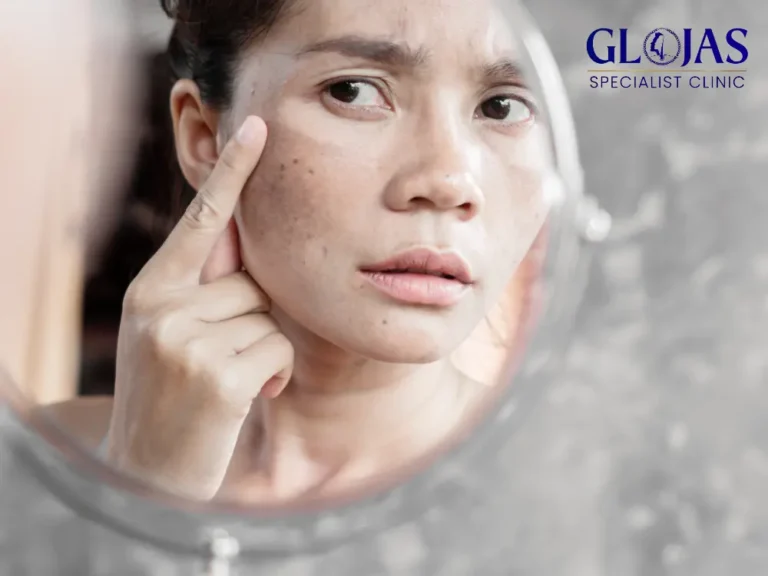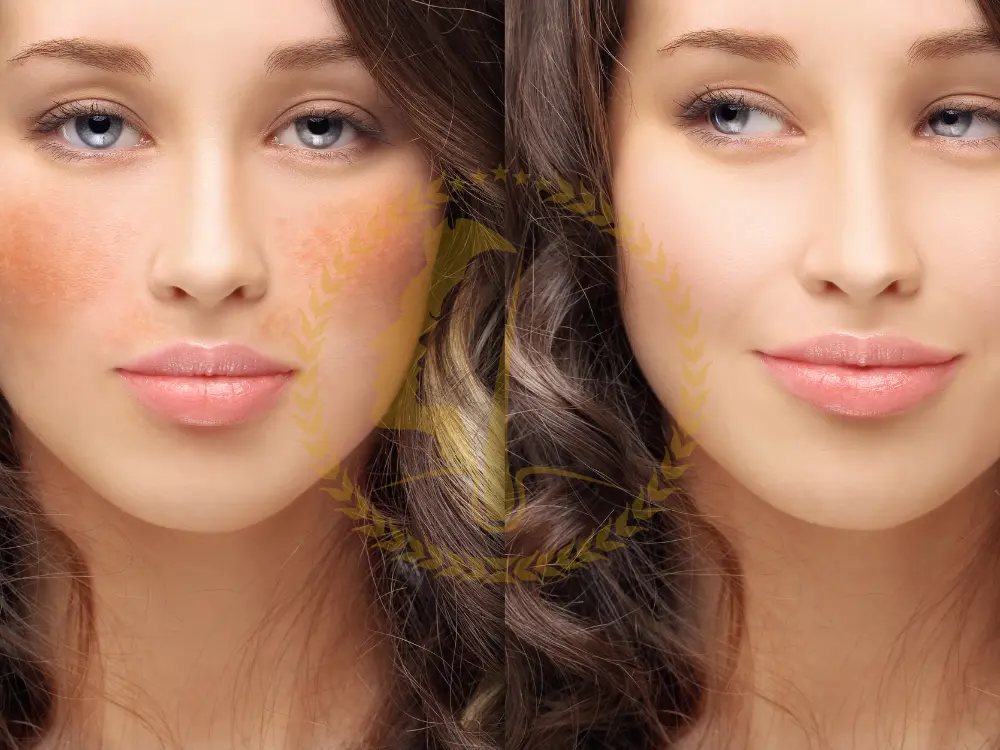Skin hyperpigmentation is a common skin concern that affects millions of people worldwide. Characterized by darkened patches of skin, hyperpigmentation can result from various factors such as sun exposure, hormonal changes, and skin injuries. While it is not a harmful condition, many seek to reduce or eliminate these discolorations for aesthetic reasons. Fortunately, advancements in dermatology have introduced effective treatments, one of the most notable being the Pico Laser. In this article, we will explore what skin hyperpigmentation is, its causes, and how Pico Laser can be a powerful solution for achieving a more even skin tone.
Understanding Skin Hyperpigmentation
Skin hyperpigmentation occurs when certain areas of the skin produce more melanin than usual. Melanin is the pigment responsible for the color of our skin, hair, and eyes. When overproduced, it leads to darkened spots or patches on the skin, commonly known as hyperpigmentation. This condition can affect people of all skin types and tones, but it is more prevalent in those with darker skin.
Common Causes of Skin Hyperpigmentation
- Sun Exposure: Prolonged exposure to the sun is the most significant cause of hyperpigmentation. UV rays trigger the production of melanin as a defense mechanism, which can lead to sunspots, also known as solar lentigines.
- Hormonal Changes: Hormonal fluctuations, especially during pregnancy or with the use of birth control pills, can lead to a form of hyperpigmentation known as melasma.
- Post-Inflammatory Hyperpigmentation (PIH): This occurs when the skin darkens after an injury or inflammation, such as acne, eczema, or psoriasis.
- Aging: As we age, our skin’s ability to regenerate diminishes, leading to the accumulation of pigmented cells and the formation of age spots.
- Medications: Certain medications, like chemotherapy drugs or those that cause photosensitivity, can increase the risk of hyperpigmentation.
Traditional Treatments for Skin Hyperpigmentation
Before the advent of advanced laser treatments, several traditional methods were commonly used to treat skin hyperpigmentation:
- Topical Creams: Over-the-counter and prescription creams containing ingredients like hydroquinone, retinoids, and vitamin C have been used to lighten hyperpigmented areas.
- Chemical Peels: These involve applying a chemical solution to the skin to exfoliate the outer layer, which helps in reducing hyperpigmentation.
- Microdermabrasion: A physical exfoliation procedure that removes the outer layer of the skin to reduce the appearance of dark spots.
- Laser Therapy: Traditional laser treatments, like Q-switched lasers, target melanin and break down the pigment. However, these lasers can sometimes cause discomfort and require significant downtime.
Pico Laser: A Revolutionary Treatment for Skin Hyperpigmentation
Pico Laser technology represents a significant advancement in the treatment of skin hyperpigmentation. Unlike traditional lasers, Pico Lasers operate at picosecond speeds (trillionths of a second), delivering ultra-short pulses of energy to the skin. This innovative approach allows for more precise targeting of pigment with minimal damage to surrounding tissues.
How Pico Laser Works
Pico Laser works by emitting short bursts of energy that penetrate the skin to target pigment particles. The rapid energy delivery shatters the pigment into tiny particles that are then naturally eliminated by the body’s lymphatic system. Because Pico Laser works at such high speeds, it reduces the risk of heat damage to the skin, making it a safer option for all skin types, including darker tones that are more prone to hyperpigmentation.
Benefits of Pico Laser for Skin Hyperpigmentation
- Faster Results: Pico Laser treatments can yield faster results compared to traditional laser therapies. Some patients notice improvements after just one session, although multiple sessions are typically required for optimal results.
- Minimal Discomfort: The rapid pulses delivered by the Pico Laser result in less discomfort during treatment. Most patients experience a mild tingling sensation rather than pain.
- Little to No Downtime: Unlike traditional lasers that may require significant recovery time, Pico Laser treatments involve minimal downtime. Patients can often return to their normal activities immediately after the procedure.
- Versatility: Pico Laser can be used to treat various forms of hyperpigmentation, including sunspots, melasma, and post-inflammatory hyperpigmentation.
- Safe for All Skin Types: Pico Laser is suitable for all skin types and tones, reducing the risk of post-treatment hyperpigmentation, which is a concern with some traditional laser treatments.
What to Expect During a Pico Laser Treatment
Before undergoing Pico Laser treatment, a consultation with a dermatologist or qualified practitioner is essential. During the treatment, the skin is cleansed, and a topical numbing cream may be applied to ensure comfort. The laser device is then moved across the affected areas, delivering rapid pulses of energy. The duration of the treatment varies depending on the size of the area being treated but typically ranges from 10 to 30 minutes.
After the procedure, patients may experience slight redness or swelling, which usually subsides within a few hours. It is crucial to follow post-treatment care instructions, including avoiding sun exposure and using sunscreen to protect the skin as it heals.
Is Pico Laser Right for You?
Pico Laser is an effective option for individuals struggling with skin hyperpigmentation who are looking for a non-invasive treatment with minimal downtime. However, the suitability of this treatment depends on factors such as the type and severity of hyperpigmentation, skin type, and overall health. A consultation with a dermatologist is the best way to determine if Pico Laser is the right solution for your skin concerns.
FAQs about Skin Hyperpigmentation and Pico Laser
- Can Pico Laser be used on all skin types?
Yes, Pico Laser is safe for all skin types, including darker skin tones that are more prone to post-inflammatory hyperpigmentation. - How many Pico Laser sessions are needed to see results?
The number of sessions required varies depending on the severity of the hyperpigmentation. Some individuals see results after just one session, but most require 3-5 sessions for optimal outcomes. - Is Pico Laser treatment painful?
Most patients report minimal discomfort during Pico Laser treatment, often describing it as a mild tingling sensation. - How long does it take to recover from a Pico Laser session?
Recovery time is minimal, with most patients experiencing slight redness that subsides within a few hours. Normal activities can typically be resumed immediately. - Are the results of Pico Laser permanent?
While Pico Laser can significantly reduce hyperpigmentation, maintenance treatments may be necessary to sustain results, especially if the skin is exposed to factors like sun or hormonal changes that can trigger new pigmentation. - What are the side effects of Pico Laser?
Side effects are rare but can include temporary redness, swelling, or mild bruising. Following post-treatment care instructions can minimize these risks.
Note: Always consult with a qualified dermatologist to determine the best treatment plan for your specific skin concerns.




